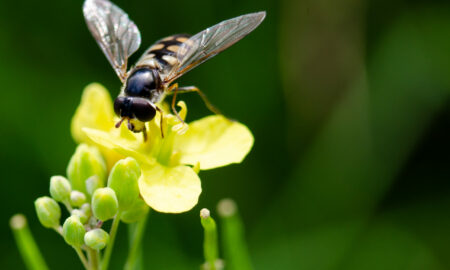Beneficials chemical toxicity table
Decision aid tool
Although insecticides and miticides are key crop protection tools, the chemicals used to kill pests can also have harmful impacts on beneficial species like predators and parasitoids, which can help control pests in crops naturally, and on pollinators like bees.
Minimising disruption to these species is a critical component of integrated pest management (IPM). One way to achieve this is by selecting chemicals with lower toxicity to beneficials and pollinators. However, previously it has been difficult to know which products are less toxic.
This Australian grains chemical toxicity table has been developed to help growers and advisors to make informed choices about the insecticides and miticides they use in their crops. It allows users to quickly compare the toxicity of insecticides and miticides to beneficials.
Data has been obtained from laboratory studies carried out by Cesar Australia as well as from previous research carried out in Australia and overseas. For more information, or to provide feedback, contact info@cesaraustralia.com
Attribution
This table was developed Paul Umina (Cesar Australia and The University of Melbourne), Robert McDougall (Cesar Australia), Kathy Overton (Cesar Australia), Ary Hoffmann (The University of Melbourne), Samantha Ward (Cesar Australia) and Rosemary Knapp (Cesar Australia). This work represents a collaboration between Cesar Australia and the University of Melbourne, with investment from the Grains Research and Development Corporation.
- Published
- Categories
- Integrated pest management
